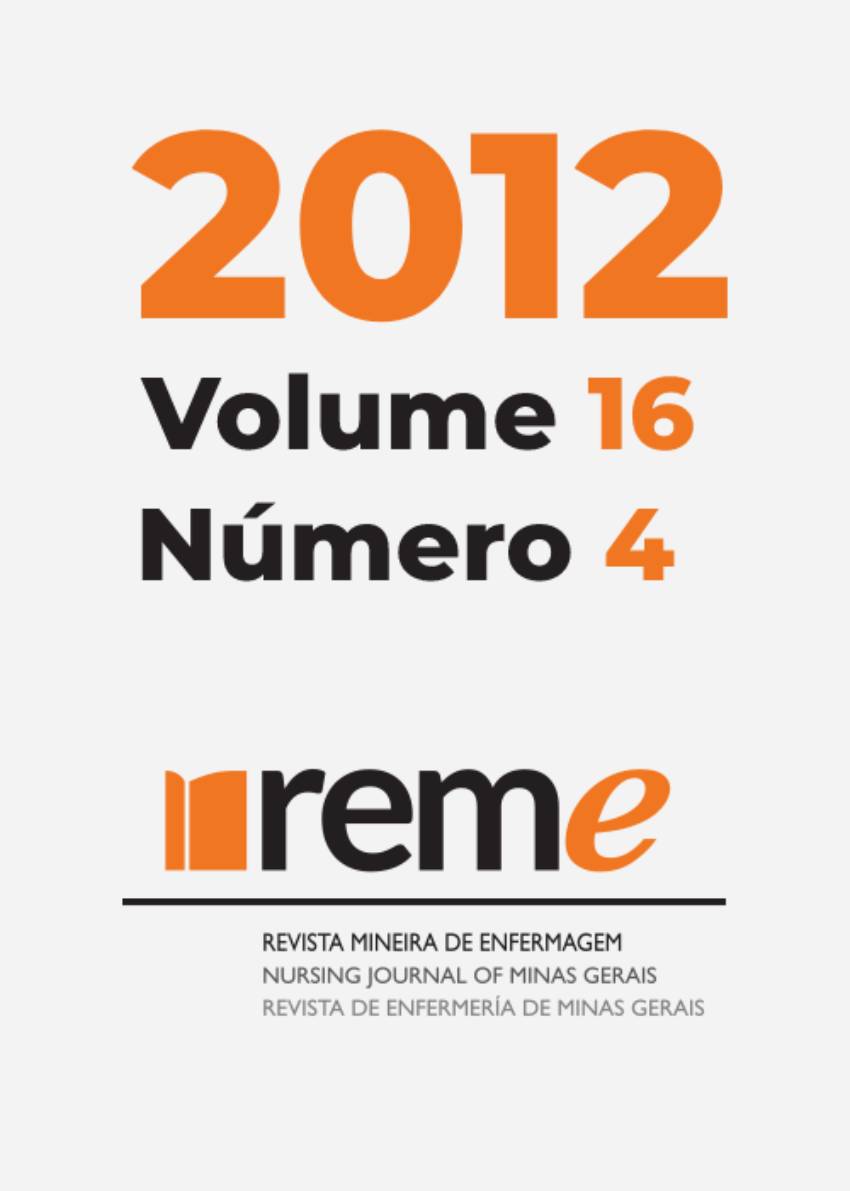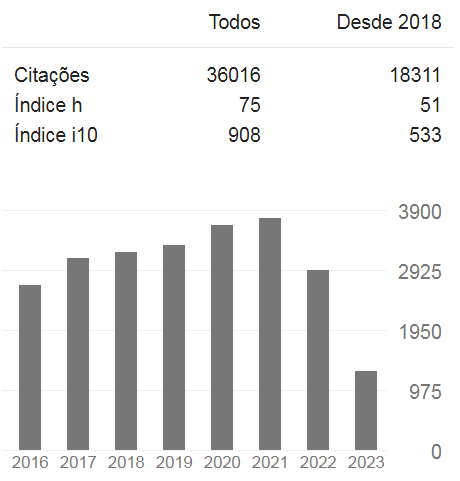Use of peripherally inserted central catheter (PICC) in pediatric oncology
DOI:
https://doi.org/10.35699/reme.v16i4.50283Keywords:
Central Venous Catheterization, Peripheral Catheterization, Paediatrics, Nursing, Hospital Oncology ServicesAbstract
This is a retrospective descriptive study that aims to describe the insertion practices of Peripherally Inserted Central Venous Catheter (PICC) carried out at the Oncology Unit of the Nossa Senhora da Glória Children's Hospital between 2006 and 2009. Variables used were clinical and epidemiologic data, information on the patient's disease as well as details on catheter insertion, the period it stayed in place, and the reasons for its removal. A total of 160 PICC insertions were carried out; the majority of patients were male (57.5%), mean age was 9.2 years. The primary diagnosis was Acute Lymphoblastic Leukaemia (36.9%). The basilic vein (50.0%) was the most punctured, (7977 catheter-days); the catheter stayed in place for an average of 49.9 days (1-398dias). Infection (38.5%) was the leading cause for catheter removal. The rate of PICC-related complications was 76.3% (15.29/1,000 catheter-days); infection (50.8%) was the major complication (BSI /PICC rate of 7.77/1,000 catheter-days), followed by catheter occlusion (30.3%, 4.63 for 1000/catheter-days). Four cases of thrombosis (3.3%, 0.5/1,000 catheter-days) were identified. A 48.8% of the total number of patients was discharged with the catheter in situ. PICC was monitored at home or at day hospital. PICC is a reliable option for intravenous therapy for chemotherapy. It contributes significantly to the quality of life of children with cancer, for it helps to provide an adequate care, even when the patient does not follow the whole treatment.Downloads
Download data is not yet available.
Published
2012-12-01
How to Cite
1.
Bergami CMC, Monjardim MAC, Macedo CR. Use of peripherally inserted central catheter (PICC) in pediatric oncology. REME Rev Min Enferm. [Internet]. 2012 Dec. 1 [cited 2024 Nov. 22];16(4). Available from: https://periodicos.ufmg.br/index.php/reme/article/view/50283
Issue
Section
Research






































